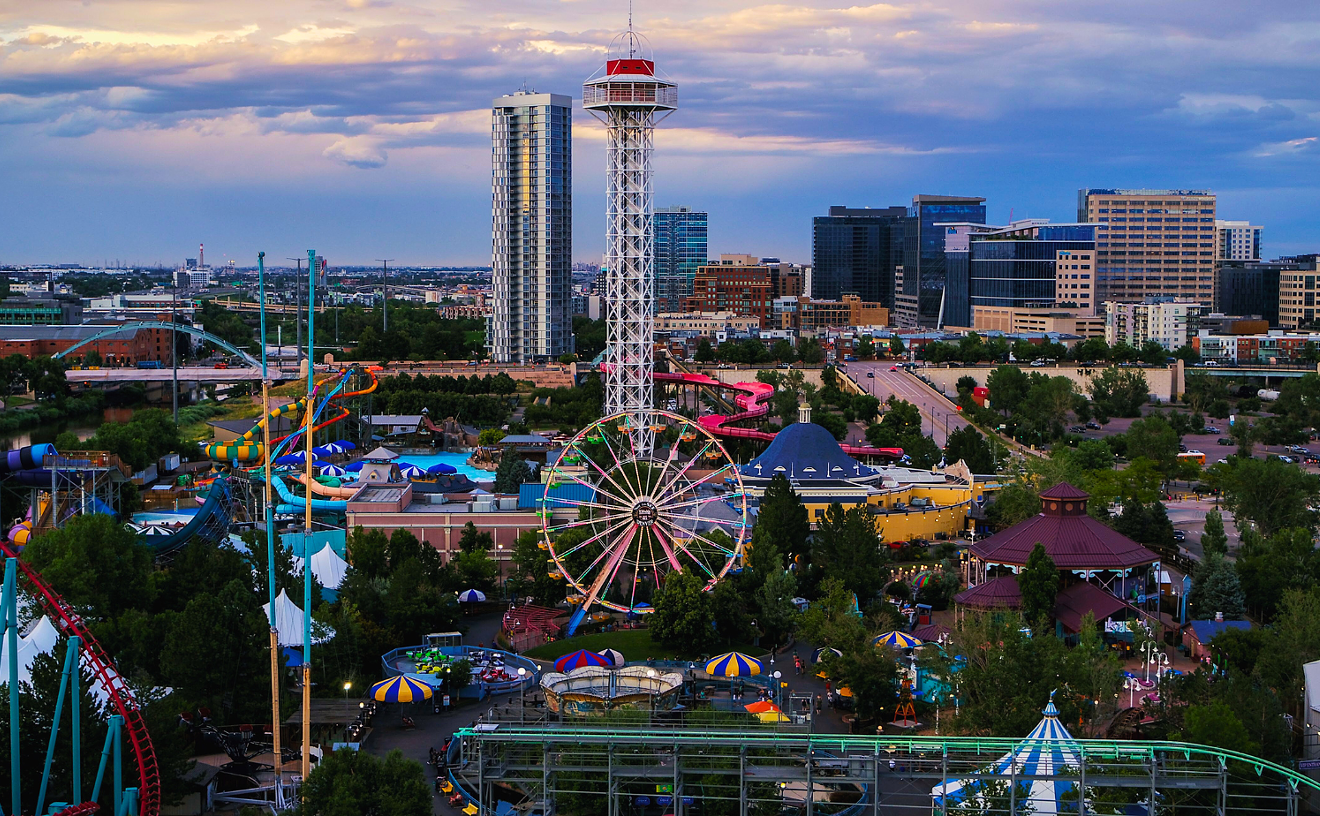Don Coen. Western art and contemporary art would seem to be mutually exclusive, but many artists successfully combine the two sensibilities. That's the kind of thing on tap in the impressive Don Coen, at the William Havu Gallery. Coen, who is in his seventies, has emerged from his four-decades-long career as one of the masters of contemporary Western painting. The impressive exhibit is mostly made up of large, airbrushed pictures that capture farming and ranching scenes with the accuracy of photographs. A close look at his surfaces reveals Coen's idiosyncratic approach to rendering the scenes. He first pencils them in, then airbrushes them with pigments, and finally pencils them again to sharpen the details. It's amazing that Coen can use abstract marks to convey hyperrealist depictions. Many of these paintings involve cows or horses with a very up-to-date cinematic quality. It's rare to see Coen's work, and that makes it worth the effort to catch Don Coen. Through April 6 at William Havu Gallery, 1040 Cherokee Street, 303-893-2360. Reviewed March 22.
Eight Painters and Sculptors. In the history of mid-twentieth-century art in Colorado, the University of Denver plays a big role. True, these contributions are overshadowed by the much larger scene at the Colorado Springs Fine Art Center at the time, but the great Vance Kirkland was at DU. Kirkland is one of eight artists being celebrated in Eight Painters and Sculptors at the University of Denver, 1930-1965. The others are Otto Bach, John Billmyer, Marion Buchan, Mina Conant, Arnold Rönnebeck, Louise Emerson Rönnebeck and William Sanderson. These artists are among the first generation of Colorado modernists, though all of them went their own way stylistically and their work is only broadly related by virtue of being done at the same period. The show was put together by Dan Jacobs, with assistance from a group of art history students, in an effort to document the art and artists associated with the school. It's a noble pursuit, and many of the works included have only rarely, if ever, been exhibited publicly -- at least not in the living memory of most. Through May 6 at the Victoria H. Myhren Gallery, DU School of Art and Art History, 2121 East Asbury Avenue, 303-871-2846.
(New) Disasters of War. The title of this exhibition organized by Simon Zalkind refers to etchings done in the early nineteenth century by Goya titled "Desastres de la Guerra," or "Disasters of War." Goya depicted the tragedies associated with the occupation of Spain by Napoleon's French troops; Zalkind invited artists to create work in response to these etchings and sent each a copy of Goya's "Disasters" to use as a reference for their own work -- and with a handful of exceptions, they did. The resulting pieces fall into various categories, though everything is essentially representational. Contemporary realism predominates, and some of the great painters working in that style here are featured, including John Hull, Jerry Kunkel and Margaretta Gilboy. Also intriguing are figural abstractions by Bill Stockman, Steve Altman and Margaret Neumann, while Enrique Chagoya and Eric Zimmer make pieces that look like comics. Some of the best things are the photos, notably those by Edie Winograde and Jimmy Sellars. Using Goya to inspire new anti-war pieces is a timely topic, given the ongoing events in Iraq and Afghanistan. Through April 6 at the Singer Gallery, Mizel Center, 350 South Dahlia Street, 303-316-6360. Reviewed February 22.
Japanese Art. The spectacular exhibit Japanese Art From the Colorado Collection of Kimiko and John Powers is installed in the Gallagher Family Gallery of the Denver Art Museum's new Hamilton Building. It was put together by Ron Otsuka, the esteemed curator of Asian art who has built an important collection during his thirty-plus years at the institution. Decades ago, Otsuka established a friendship with the Powerses, which is why they put their collection of more than 300 Japanese masterworks on long-term loan with the DAM. It's from this hoard that Otsuka chose the more than 100 objects he included in Japanese Art. As collectors, the Powerses were old-fashioned connoisseurs who chose things based on their innate fineness. "They were certainly very selective," says Otsuka in something of an understatement, considering the high quality of these pieces. The Powerses, who are also known for their stunning modern-art collection, sought out Japanese works of art that anticipate modernism despite that fact that they are hundreds of years old. Through September 9 at the Denver Art Museum, 100 West 14th Avenue Parkway, 720-865-5000. Reviewed January 25.
RADAR. With its outlandish appearance, the Denver Art Museum's new Frederic C. Hamilton Building has overshadowed what's on display inside. There are a few exceptions to this, and first among them is RADAR: Selections From the Collection of Vicki & Kent Logan, installed in the Anschutz Gallery on the second level. Put together by Dianne Vanderlip, the outgoing curator of the Modern and Contemporary Art department, RADAR includes sections on the cutting edge in Asia, Europe and America. Many of the works were donated by the Logans, who live in Vail and are among the most important collectors of contemporary art in the country -- and, in recent years, among the DAM's most significant donors, having given as gifts over 200 works of art and promised hundreds more. Some of the biggest names in international art are in the show, among them Takashi Murakami, Yoshitomo Nara, Zhang Huan, Damien Hirst, Jenny Saville, Michel Majerus, Neo Rauch, Carroll Dunham, Kiki Smith, George Condo and Fred Tomaselli, all represented by major works. An absolute must-see. Through July 15 at the Denver Art Museum, 100 West 14th Avenue Parkway, 720-865-5000. Reviewed December 28, 2006.










